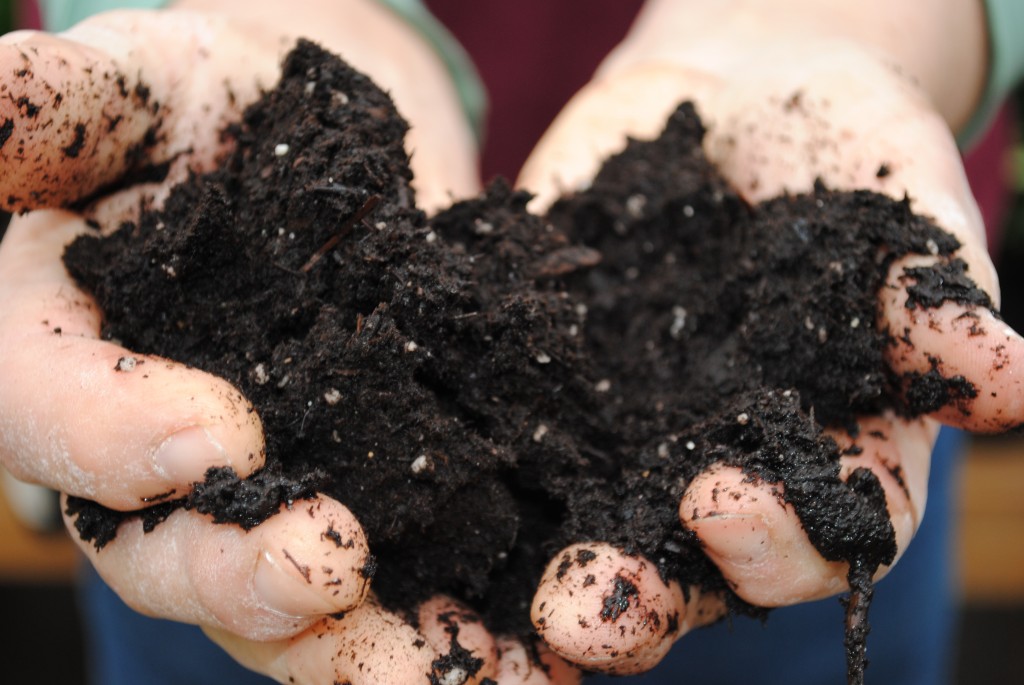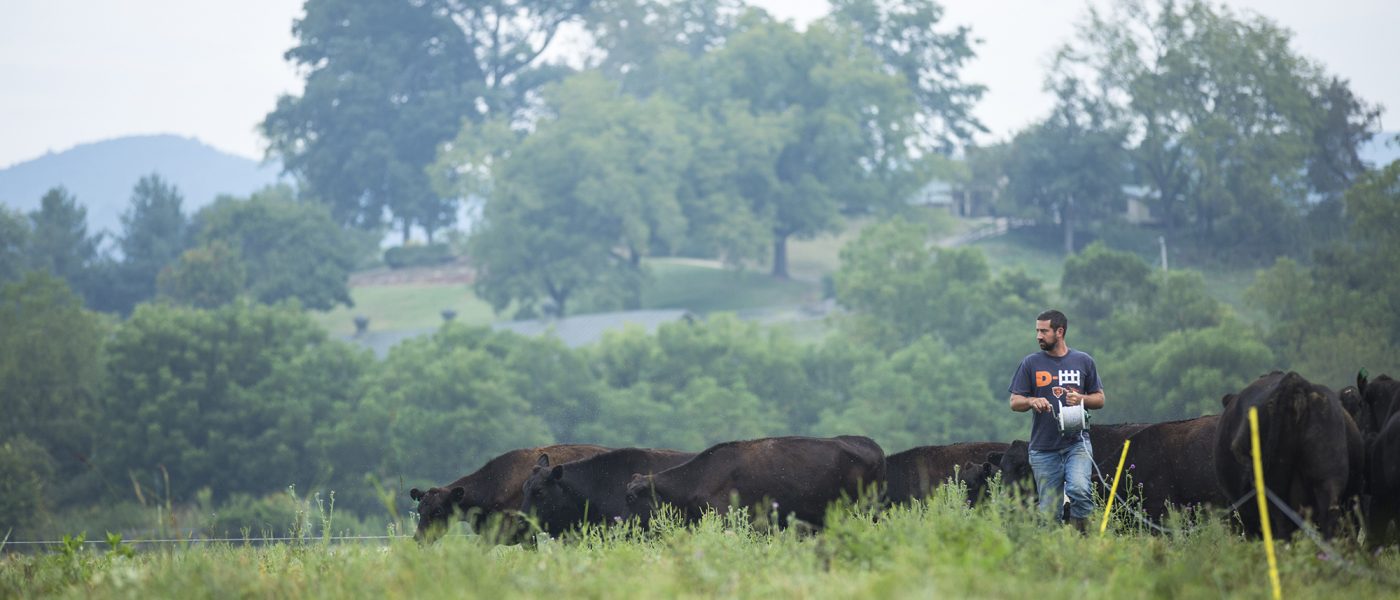Today, Representative Chellie Pingree (D-ME-1) introduced the Agriculture Resilience Act (H.R. 5861), which addresses the role of agriculture in combating climate change with a comprehensive suite of practical, science-based, farmer-driven policy solutions. In response to the introduction of the bill, Farm Aid issued the following comment:
“The Agricultural Resilience Act invests in the great potential of family farmers to address our climate crisis. Farm Aid has long maintained that while farmers and ranchers are on the frontlines of climate change, they are also best positioned to lead our country with solutions and innovations that improve soil health, sequester carbon, enhance biodiversity and much more. We look forward to working with Representative Pingree on passing the Agricultural Resilience Act.”
We are glad to see that key tenets of this bill are fully in line with the recommendations of a recent climate report, Agriculture and Climate Change: Policy Imperatives and Opportunities to Help Producers Meet the Challenge, that Farm Aid helped develop through our membership in the National Sustainable Agriculture Coalition.
To nurture their crops and sustain their livestock, family farmers depend on soil, water and air—resources that are greatly impacted by the changing climate. Family farmers are all too familiar with extreme weather events caused by climate change. Across the country the challenges vary: In the West, severe droughts and fires have the potential to create a seismic shift in U.S. agriculture, while in other areas of the country catastrophic weather events, such as hurricanes and record floods, have pushed farm businesses to the brink.
On the flip side, family farmers practicing sustainable agriculture are an essential part of the climate solution. While the prevailing industrial system of agriculture contributes to climate change significantly, farming systems that build soil, recycle nutrients and water, reduce chemical inputs and enhance biodiversity offer the greatest potential for a resilient food and farm future.
Farmers and ranchers are critical to climate change mitigation, and the solution is rooted in our soil. This bill is an investment in family farmers to do that work—for the future, for all of us.
Currently, agricultural activities contribute 8.4% of total U.S. greenhouse gas emissions. To reach net-zero agricultural emissions within the next 20 years, the ARA focuses on six concrete policy areas and offers solutions rooted in science that are farmer-driven. These goals include:
- Increasing Research: The ARA would ensure existing agriculture research programs prioritize climate change research, increase funding for USDA’s Regional Climate Hubs, support public breed and cultivar research, and create a new SARE Agricultural and Food System Resilience Initiative for farmer and rancher research and demonstration grants.
- Improving Soil Health: The ARA would create a new soil health grant program for state and tribal governments, authorize USDA to offer performance-based crop insurance discounts for practices that reduce risk, expand the National Agroforestry Center by authorizing three additional regional centers, and explore new ways to reward farmers such as future carbon markets or tax incentives for soil carbon sequestration.
- Protecting existing farmland: ARA would increase funding for the Local Agriculture Market Program, which Pingree championed in the 2018 Farm Bill, and create a new subprogram for farm viability and local climate resilience centers to help farmers reach new markets. The bill would also increase funding for the Agriculture Conservation Easement Program and amend the tax code to exclude from gross income the gain from the sale of 1) permanent conservation easements and 2) farm property to beginning, socially disadvantaged, veteran and young farmers.
- Supporting pasture-based livestock systems: The ARA would create a new alternative manure management program to support an array of livestock methane management strategies, a new grant program to help very small meat processors cover the costs associated with meeting federal inspection guidelines, and a Grasslands 30 pilot program within the Conservation Reserve Program to enroll grassland that is exiting CRP or at risk of conversion.
- Boosting investments in on-farm energy initiatives: The ARA would increase funding for the Rural Energy for America Program, direct USDA to study dual-use renewable energy and cropping or livestock systems, and move the AgSTAR program to NRCS to provide technical assistance to farmers interested in reducing methane emissions through anaerobic digestion.
- Reducing food waste: The ARA would standardize food date labels to reduce consumer confusion, create a new USDA program to reduce food waste in schools, and increase federal support for composting and anaerobic digestion food waste-to-energy projects.

Healthy soil can absorb 2.5 – 3 billion metric tons of carbon each year (according to Rattan Lal, soil scientist at Ohio State University’s Carbon Management and Sequestration Center). Photo by flickr user jerseyred



